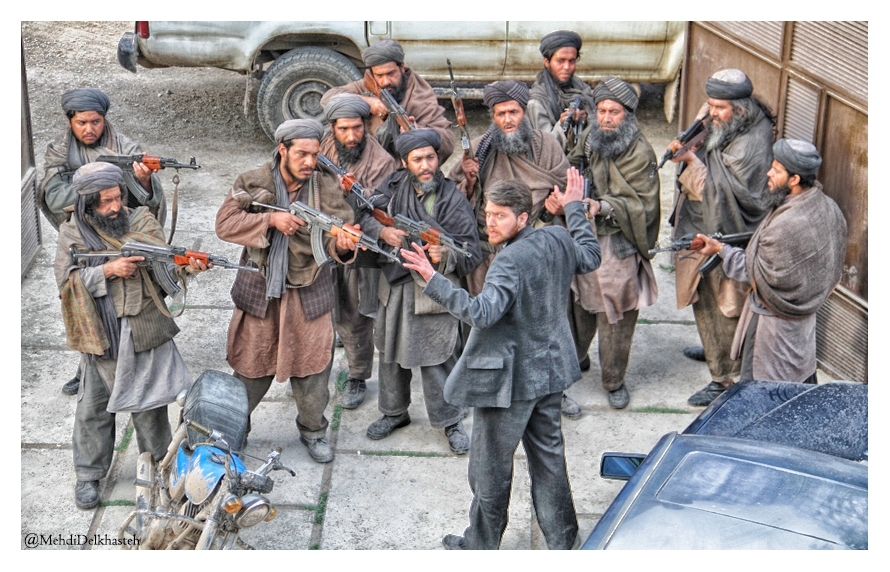The Taliban have gained ground at an incredible rate since the US-led forces began to withdraw from Afghanistan. The insurgents have seized half of the country’s 34 provincial capitals, including it’s second and third-largest cities, and now control two-thirds of the entire country.
U.S. officials stated previously that they don’t anticipate any provincial capital being seized before fall. Now, reports suggest that Kabul could fall within a matter of days or weeks.
In terms of numbers, funding, and arms, the Afghan forces should have the upperhand. How is it possible that the Taliban have gained so much ground in Afghanistan?
Since its invasion in 2001, the US has invested almost $83 billion on training and arming Afghanistan’s defense forces, according to Foreign Policy.
While defending his decision to withdraw American troops, Joe Biden stated that “We provided all the tools for our Afghan partners – let’s emphasize: all of the tools.”

According to experts, the problem is not Afghanistan’s training or equipment, but local corruption and demoralized soldiers, who are often unable to fight.
Foreign Policy reported that Afghan police officers have not received payment from the Ministry of Interior for several months.
They also stated that Afghan forces are not always supplied with sufficient arms or food and water.
The magazine stated that many soldiers and police are posted in areas far away from their homes. Some choose to leave their posts to return home to protect their families.
A widespread lack of faith in government is evident, as officials from all parts of the country say they won’t fight to defend President Ashraf Gani’s government.
Enayat Najafizada (founder of the Kabul-based Institute of War and Peace Studies), stated that “the issue of legitimacy” is crucial.
He claimed that Ghani’s return to the 2020 presidential elections was corrupted, and the Taliban have capitalized on it.
This, combined with the fact that corrupt officials have taken funds from people’s pockets, has caused widespread distrust in the government.
Residents in Herat and Kandahar told that they were shocked at how quickly their cities fell and said government forces did not put up a fight.
While official records state that the Afghan security forces number over 300,000, reported that the true number is likely to be lower.
According to the outlet, Afghan forces have a history of high casualties, desertions, and a string of corrupt officials claiming salaries for non-existent troops (called “ghost soldiers”).
The US Combating Terrorism Center, West Point, estimates that there are 60,000 Taliban core fighters. Additional militia groups and supporters could increase that number to 200,000.
Afghan forces are overstretched, and reports say the Taliban have been shooting down air force planes and assassinating pilots, who often have years of training and are difficult to replace.
Despite being smaller in number, the Taliban have gained momentum through a series of victories.
The Taliban have also been seizing weapon caches from Afghan forces, which are often Western supplied.
The US troops left Afghanistan with “sophisticated” equipment. However, the Taliban offensive allowed them to seize “vehicles and humvees as well as ammunition,” Justine Fleischner, of the weapons-tracking group Conflict Armament Research.
Also Read: Central America migrants disoriented by US expulsion flights
In a televised speech, Ashraf Ghani, the president of Afghanistan, acknowledged the gains made by Taliban leaders on Saturday.
Ghani stated that “Remobilizing the security and defense forces is our top priority” and that necessary measures were in place for this purpose. “My goal is to prevent instability, violence, displacement, and further destruction of my people.”
Staff at the US Embassy in Kabul were instructed Friday to destroy sensitive material, in case the Taliban took the capital

